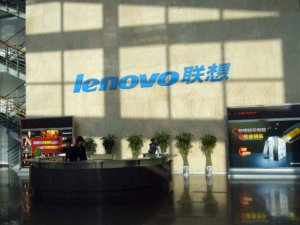Protecting Intellectual Property in China
Multinational corporations can’t afford to stay away from China. But to remain competitive they must develop mechanisms that allow them to minimize the risk of losing critical know-how.
Intellectual property (IP) protection is the No. 1 challenge for multinational corporations operating in China. According to the U.S. government, China accounted for nearly 80% of all IP thefts from U.S.-headquartered organizations in 2013,1 amounting to an estimated $300 billion in lost business. Among European manufacturers, the loss of IP in China reduced potential profits by 20%.2 Although multinational corporations can’t afford to stay away from China, in order to remain competitive they must develop mechanisms that enable them to shift some of their innovation capabilities to China safely, without losing critical know-how.3
The effects from IP leakage in China are ubiquitous. They are visible in counterfeited items including toys, luxury goods, automotive and aircraft parts, pharmaceuticals and other complex high-tech products.4 But IP violations go beyond products. They extend to pirated operational processes and the replication of entire business and service models. For many multinational corporations, IP leakage frequently becomes a barrier to Chinese sites becoming fully integrated partners in global innovation activities.
IP leakage often occurs through staff transfers or shared practices from foreign multinational corporations to local joint ventures or supply chain partners.5 For individual multinationals, this type of IP leakage is often a calculated risk worth taking in exchange for greater access to local markets through a partner’s channels or better quality parts from local suppliers. However, unintended IP leakage can affect a company’s reputation and profitability; in the worst case, it can create powerful local or even global competitors.6
Most of the executives we interviewed said that managing IP leakage is the most critical day-to-day activity when doing business in China. A senior executive from a Fortune 100 company commented:
When I moved to China from the U.S.A., I never imagined that I would have to include IP protection management in almost all of our business processes. I think about the issue actively every day.
References (19)
1. J. Parker, “Indigenous Innovation Remains Key Feature of New Development Policies,” The U.S. China Business Council, Nov. 12, 2013, www.uschina.org.
2. Ihrcke, J. Ihrcke and K. Becker, “Study on the Future Opportunities and Challenges of EU-China Trade and Investment Relations,” EU-China Trade and Investment Relations - Study 1 of 12: Machinery, www.development-solutions.eu, accessed January 15, 2014.






Comment (1)
Rabindranath Bhattacharya